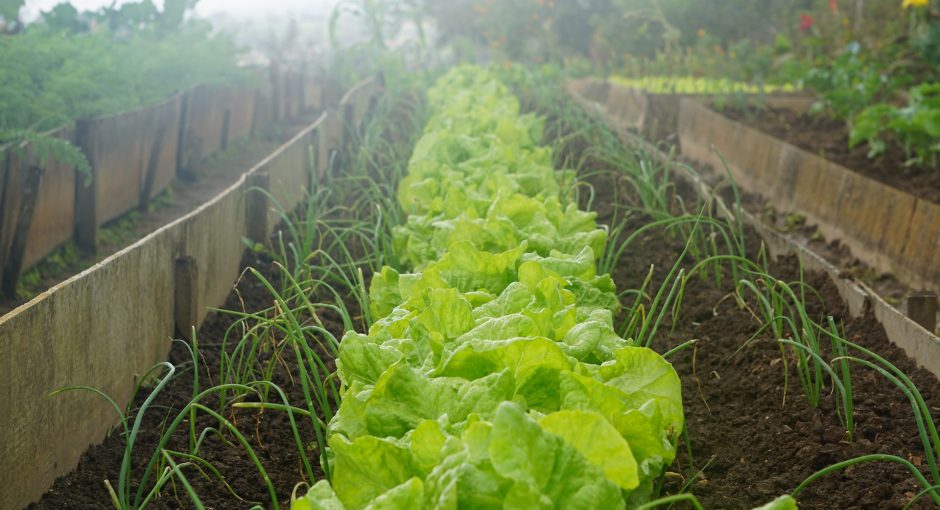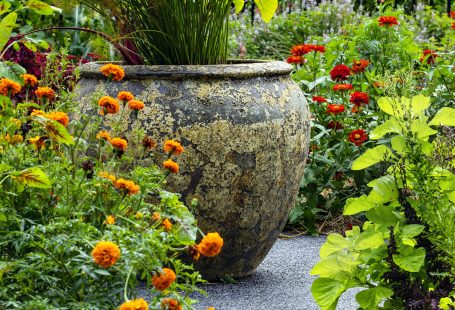When it comes to gardening, maximizing productivity is a top priority for many enthusiasts. One effective strategy that has gained popularity in recent years is companion planting. This practice involves the strategic pairing of different plants to create a mutually beneficial growing environment. By harnessing the power of companionship, gardeners can significantly enhance their garden’s productivity. Let’s take a closer look at how companion planting works and the benefits it offers.
Creating a Balanced Ecosystem
Companion planting focuses on creating a balanced ecosystem within the garden. By carefully selecting plants that have complementary growth habits, nutrient needs, and pest-repelling properties, gardeners can create a harmonious environment where plants thrive together. For example, planting marigolds alongside tomatoes helps deter harmful pests like whiteflies and nematodes, resulting in healthier tomato plants.
Natural Pest Control
One of the significant advantages of companion planting is its ability to naturally control pests. Certain plants have properties that repel or confuse insects, helping to reduce pest populations without the need for harmful chemicals. For instance, planting basil near cabbage can deter cabbage moths, which are a common pest for cabbage plants. This natural pest control method not only safeguards the crops but also ensures the garden remains chemical-free and environmentally friendly.
Enhancing Nutrient Uptake
Companion planting also improves nutrient uptake in plants. Some plants have deep roots that can access nutrients deep in the soil, while others have shallow roots. When such plants are interplanted, they create a more diverse root system that allows for efficient nutrient absorption. For example, pairing carrots with onions can benefit both plants as onions have shallow roots that don’t compete with carrots, while carrots help break up the soil for the onions to access nutrients more easily.
Improved Space Utilization
In limited gardening spaces, companion planting can be a game-changer. Growing plants vertically or in tight spaces can be challenging, but when companion plants are utilized, every inch of space is optimized. For example, growing pole beans alongside corn allows the beans to climb the corn stalks, making use of vertical space and maximizing the yield from a small plot.
Biodiversity and Pollination
Companion planting encourages biodiversity in the garden, which is crucial for attracting pollinators such as bees and butterflies. By planting a variety of flowers, herbs, and vegetables that bloom at different times, gardeners can ensure a steady supply of nectar and pollen throughout the growing season. This not only benefits the companion plants but also improves overall garden productivity through increased pollination.
In conclusion, companion planting is a powerful technique to enhance garden productivity through creating a balanced ecosystem, natural pest control, improved nutrient uptake, optimal space utilization, and increased biodiversity. By carefully selecting companion plants and utilizing their beneficial characteristics, gardeners can enjoy healthier, thriving crops while reducing the need for chemical interventions. So why not give companion planting a try and unlock the potential of your garden?





